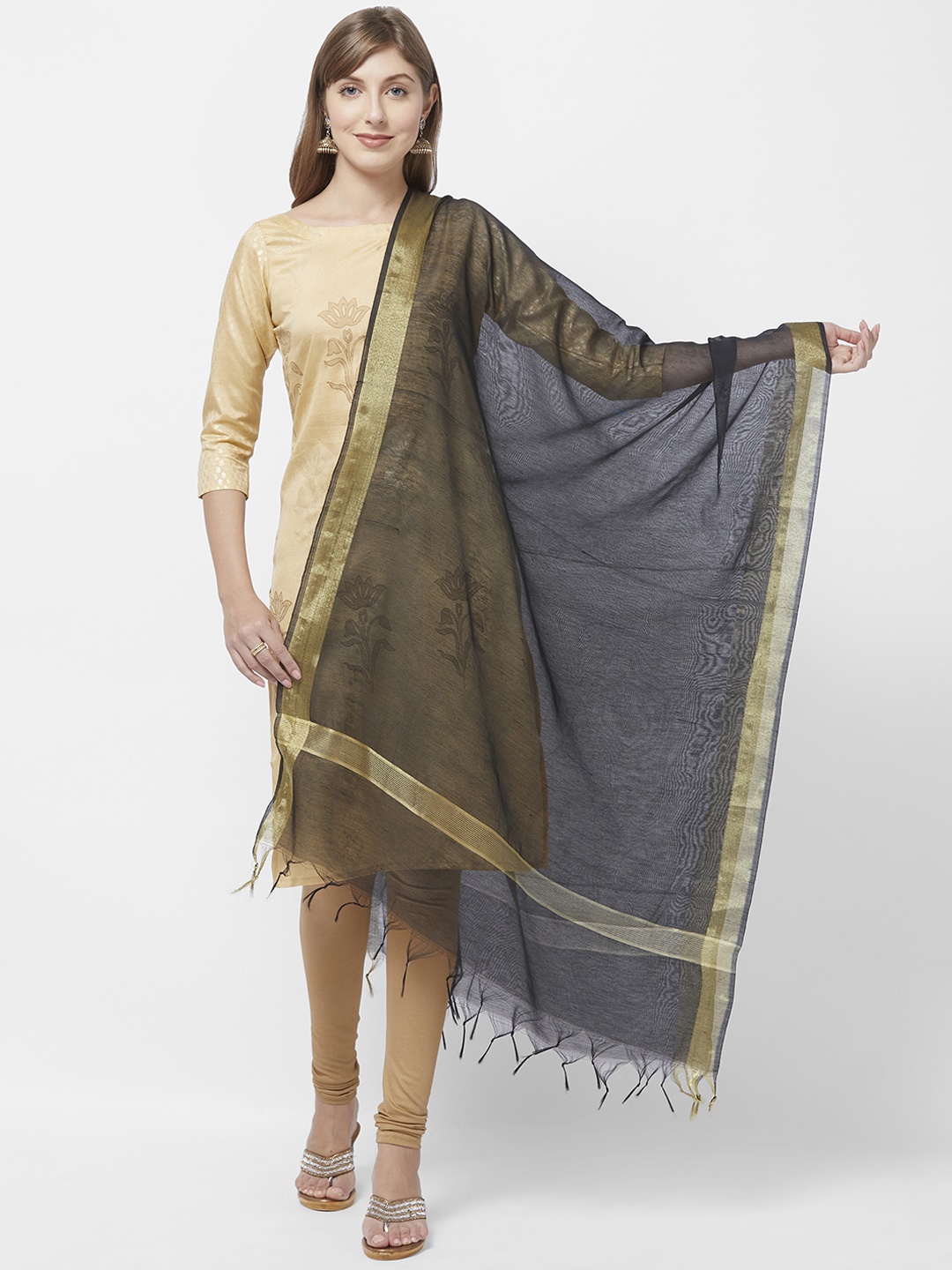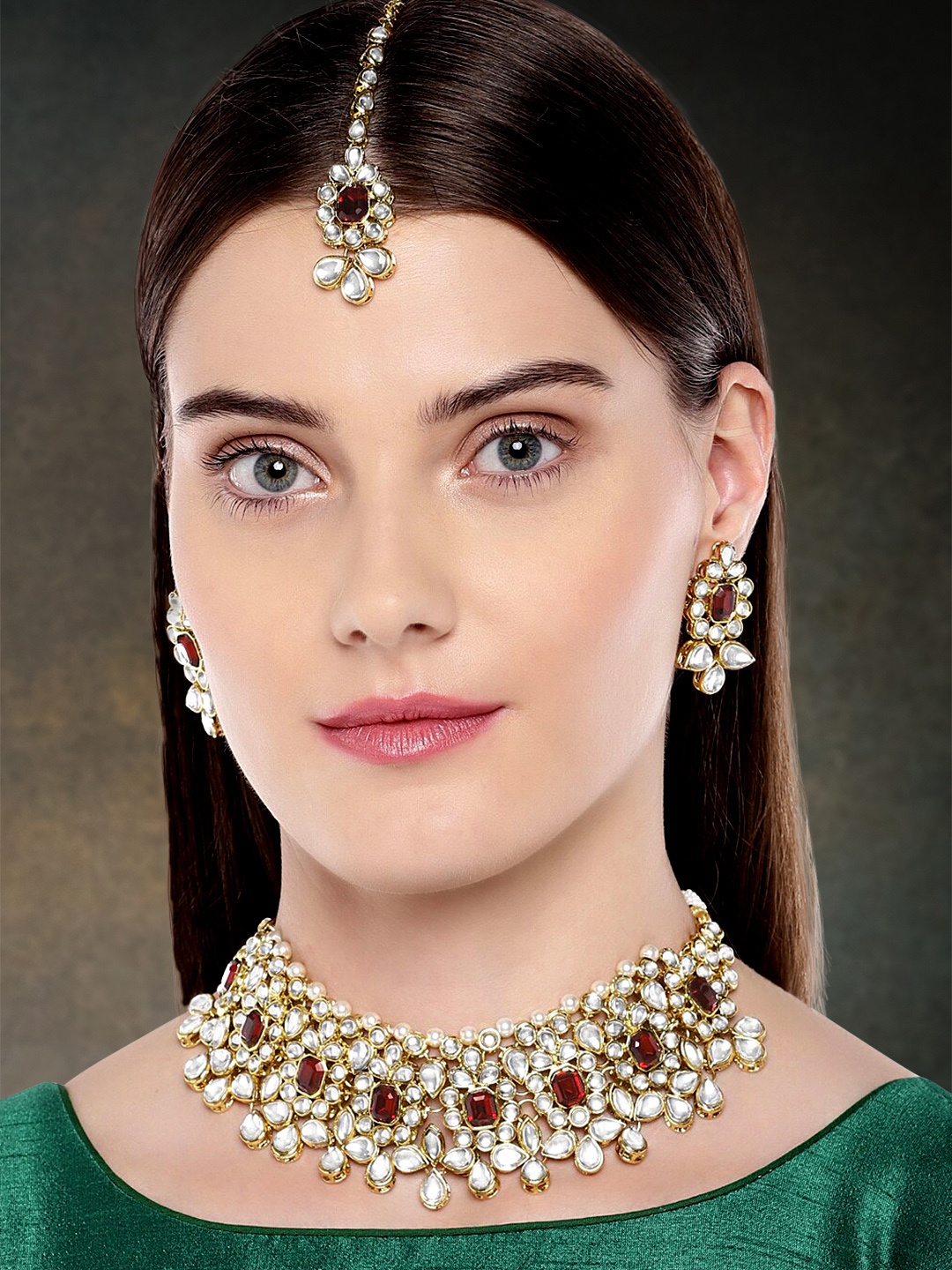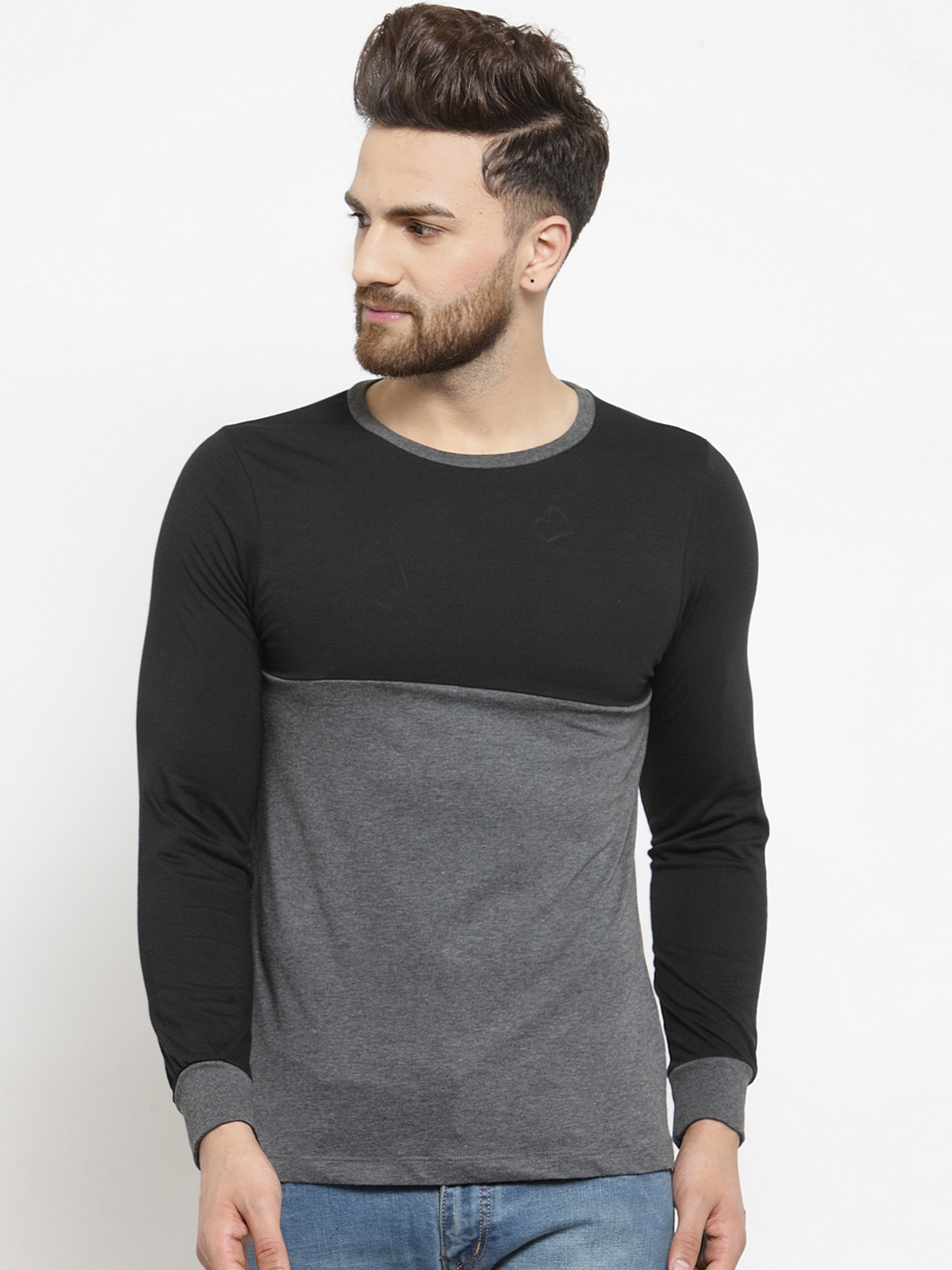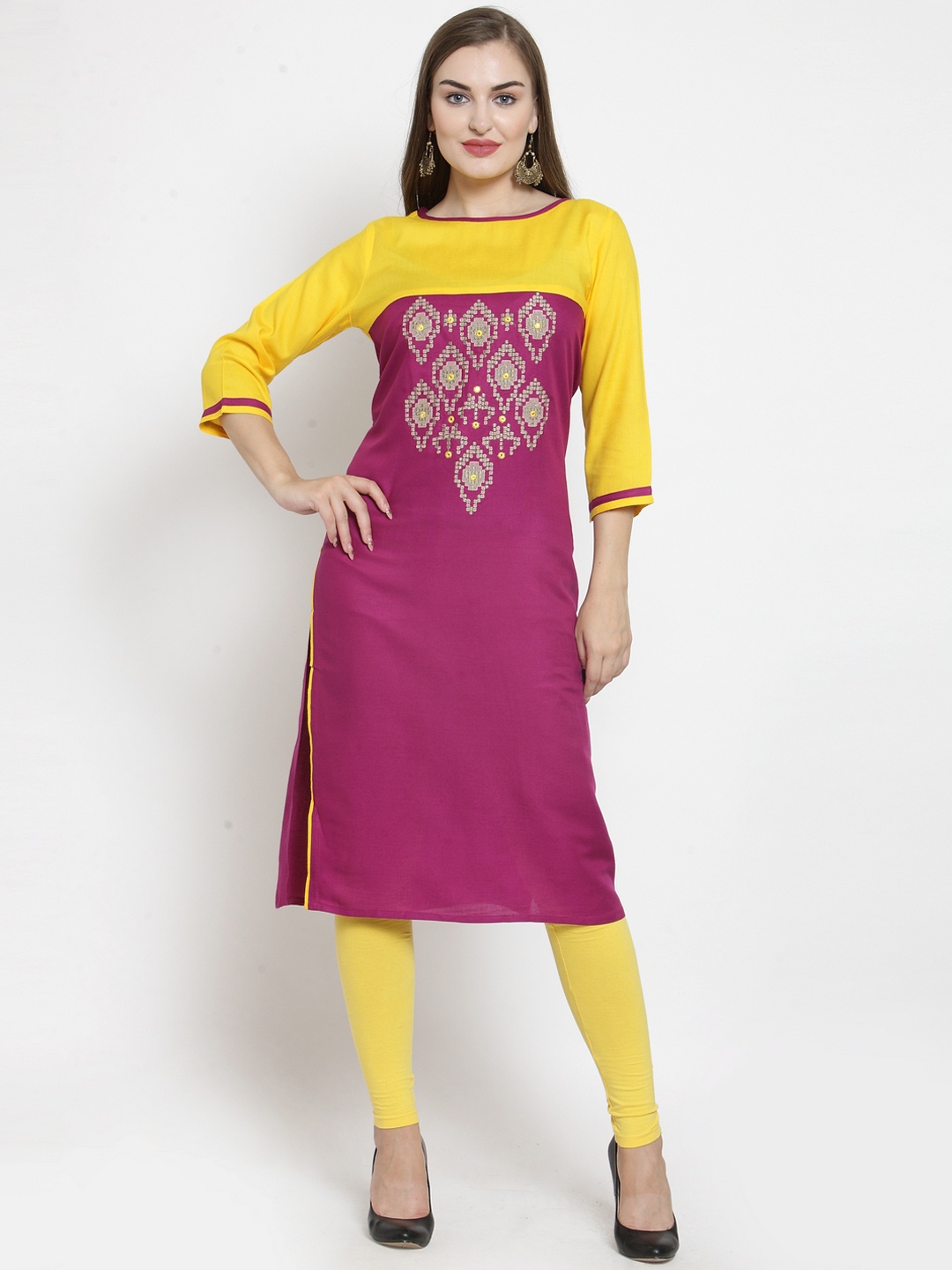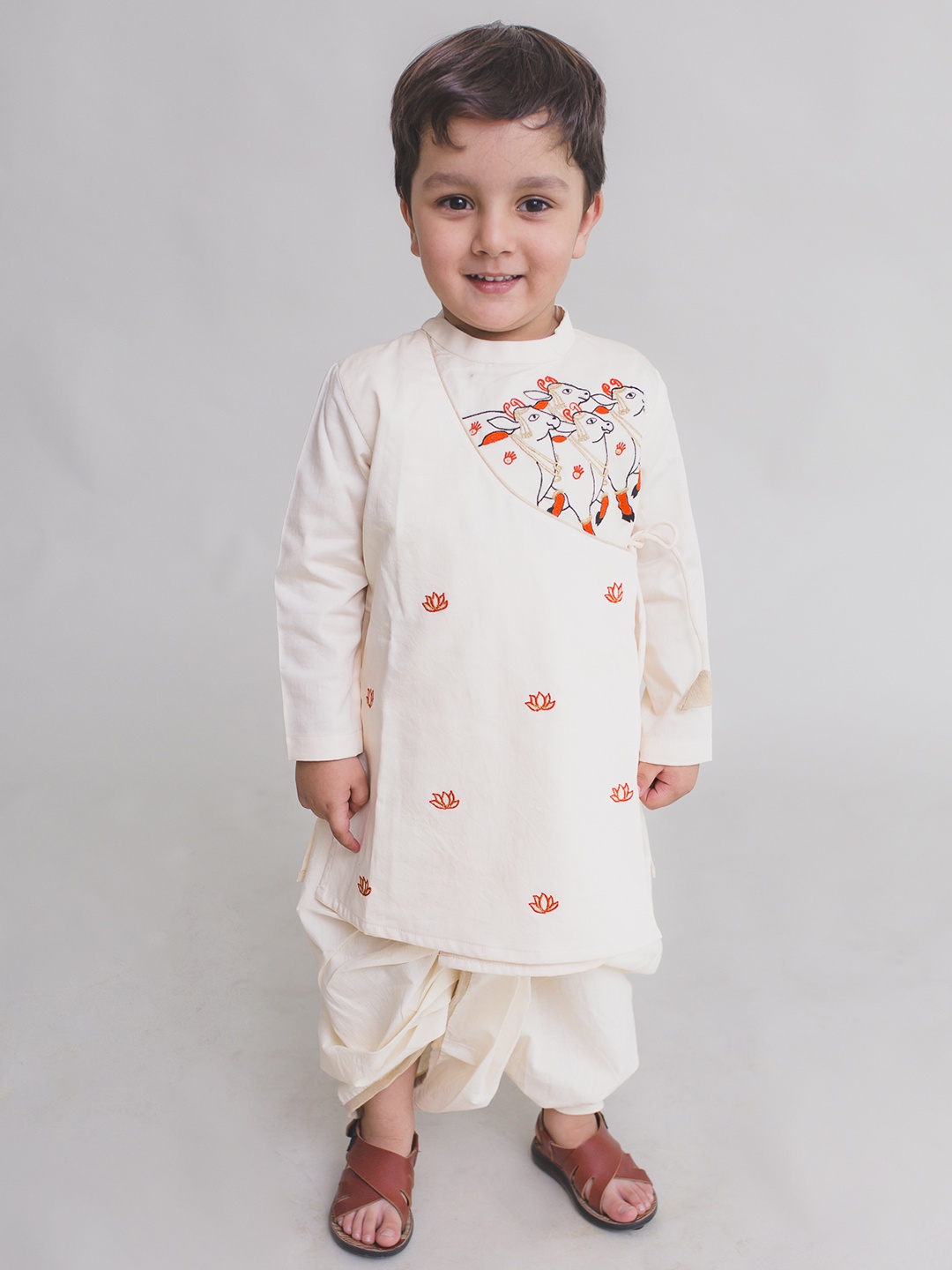How To Choose the Right Sleeve Length for Style, Comfort And Everyday Balance
From the crisp half-sleeve kurta on a summer day to the cosy long-sleeve jumper for winter, sleeve length is a subtle science of balance, comfort and culture. So, if you want the perfect sleeves, here is how to choose the right sleeve length for both style and comfort.

The Science Of Sleeve Length: Which Works Best For Balance And Comfort.
Clothes do more than cover the body; they influence mood, confidence, and comfort. Among all style elements, sleeve length is one detail often overlooked. Yet, it holds power, affecting not only the look of an outfit but also how the body feels in different climates, situations, and social settings.
Think about it. Rolling up sleeves during a heated cricket match, pushing down full sleeves against a chilly wind, or choosing a three-quarter sleeve stylish kurti for a family gathering, each choice is a calculated move balancing ease, style, and practicality.
This piece explores the fascinating world of sleeve lengths, breaking down their impact in daily life. With stories, science, and style blended in, the goal is simple: to find what works best for balance and comfort. So, if you want the perfect sleeves, here is how to choose the right sleeve length for both style and comfort.

Here is all about different sleeve lenghts and what offers a balance of comfort and style; Photo Credit: Pexels
1. The Timeless Appeal of Full Sleeves
Full sleeves have a dignified charm, whether stitched onto a crisp cotton kurta or a formal shirt. They are versatile, capable of being rolled up during work, buttoned down for formality, or layered under a blazer for added depth.
Practicality plays a huge role, too. Full sleeves shield the arms from the sun, dust, and even sudden chills during a train journey. They are almost like a dependable friend, offering coverage and warmth when needed. In professional settings, they project seriousness. A banker in Mumbai or a professor in Kolkata instantly looks more authoritative in neatly pressed full sleeves.
At the same time, they allow flexibility. Many choose to fold them halfway when the day demands energy, sending out a silent message: 'Work mode on.' It's a cultural nuance deeply woven into the fabric of everyday life.
In essence, full sleeves are about balance, formal yet flexible, practical yet elegant.
2. Half Sleeves: Effortless Ease in the Heat
Few things feel as liberating as slipping into a half-sleeve cotton shirt on a sultry afternoon. Half sleeves spell comfort, especially in humid cities where the sun seems to hang low and heavy. They allow the skin to breathe, keep the body cool, and reduce the discomfort of sticky sweat.
Half sleeves also carry a youthful, casual vibe. Picture a group of friends at a street-side chai stall, most of them in half-sleeve shirts or tees, sleeves fluttering in the breeze. The mood is light, the atmosphere relaxed. This length carries that same energy; it says, 'I'm easy-going, approachable, ready to unwind.'
From office-goers commuting on scooters to students rushing to lectures, half sleeves provide the right balance between mobility and simplicity. They do not demand much thought, yet manage to look smart when tucked neatly into trousers.
Ultimately, half sleeves are about celebrating comfort in its simplest form, making them a natural choice for everyday wear.
3. Three-Quarter Sleeves: A Blend of Modesty and Movement
Three-quarter sleeves sit comfortably between full and half. They skim just below the elbow, striking a balance between coverage and convenience. This length often feels graceful, adding a touch of sophistication to kurtis, blouses, or tunics.
What makes them so appealing is their practical design. They free the wrists, allowing easy movement, whether stirring a pot in the kitchen or typing furiously on a laptop. At the same time, they avoid the fuss of fabric brushing against hands or dipping into plates during meals.
There's also a certain visual charm. Three-quarter sleeves frame the arms elegantly, drawing attention to bangles, watches, or bracelets. They become an accessory enhancer, quietly elevating the outfit.
In social gatherings, this length balances modesty with modernity. It works across ages, suited to young professionals, homemakers, and older women alike. In short, three-quarter sleeves embody versatility, offering both comfort and style without tipping too far either way.

Three-quarter sleeves offer great movement and modesty; Photo Credit: Unsplash
4. The Psychology Behind Sleeve Choices
Sleeves do more than cover skin; they shape perceptions. Clothing psychology suggests sleeve length can alter how one feels and how others respond. Full sleeves often signal discipline and formality. A person in full-sleeve attire may appear more responsible, even trustworthy, whether true or not.
Half sleeves, meanwhile, radiate openness. They create an image of someone approachable, friendly, and relaxed. No wonder politicians and public speakers often roll their sleeves to connect better with the crowd, it projects energy and accessibility.
Three-quarter sleeves carry subtle authority combined with warmth. They avoid rigidity while retaining elegance. For many, this balance reflects practicality, making the wearer seem thoughtful and adaptable.
Each choice, therefore, is more than just fashion, it's communication. Without uttering a word, sleeve length tells a story about mood, role, and intention. It's fascinating how such a simple detail can carry psychological weight in daily life.
5. Cultural Significance of Sleeve Length
Sleeves have always held cultural resonance. In traditional wear, they often reflect values of modesty, grace, and regional style. Long sleeves stitched into kurtas or blouses convey respect, particularly at religious events, weddings, or formal family gatherings.
Half sleeves gained popularity with the rise of casual dressing, especially as urban workspaces became more relaxed. They suit modern sensibilities without straying too far from tradition.
Three-quarter sleeves often bridge the two worlds. In festive kurtis or saree blouses, they blend heritage with practicality, resonating with those who value both elegance and ease.
Even cinema has played its part. From retro actresses in polka-dotted three-quarter blouses to today's stars in chic half-sleeve tees, sleeve length often mirrors changing fashion sensibilities across generations.
What remains constant, however, is how sleeves subtly connect personal choices with wider cultural rhythms. They are not just stitched fabric; they are cultural signals woven into everyday life.
Also Read: Want to Know How To Wear Tunics, Long Or Short? What Works for Your Body Type
6. Sleeve Length and Climate Comfort
Clothing in India must adapt to extremes, scorching summers, sticky monsoons, and biting winters. Sleeve length becomes a natural tool to regulate comfort across these shifting moods of weather.
In peak summer, half sleeves are lifesavers. They allow air circulation, minimise sweat patches, and reduce irritation. Cotton tees and linen shirts become staples, their short sleeves ensuring breathability.
During monsoon, three-quarter sleeves often prove practical. They offer protection against insects and mud splashes while avoiding the hassle of drenched fabric clinging to the wrists.
Winter, of course, brings back the dominance of full sleeves. They shield against cold winds, especially when layered with sweaters or jackets. Beyond warmth, they also create a cosy, comforting cocoon that feels almost psychological.
Thus, sleeve length doubles as a climate strategy, helping the body adapt naturally to shifting seasons without relying entirely on air-conditioners, heaters, or fans.

Pick the sleeve length according to the climate conditions to feel at ease and comfortable; Photo Credit: Unsplash
7. Fashion Trends and Sleeve Experiments
Sleeve fashion has never stood still. Designers constantly experiment with length, shape, and flow, creating dramatic styles that catch the eye. Bell sleeves, puff sleeves, bishop sleeves, all play with length while adding flair.
In recent years, three-quarter sleeves have gained prominence in fusion wear. Kurtis paired with jeans or skirts often feature this length, blending traditional aesthetics with modern silhouettes. Meanwhile, cropped half sleeves continue to dominate youth wardrobes in the form of oversized tees and casual shirts.
Social media trends often spark sleeve experiments. A Bollywood celebrity wearing a quirky sleeve design on Instagram can set off a wave of local tailoring requests. Shops in Chandni Chowk or Commercial Street often buzz with demands inspired directly from reels and posts.
Trends come and go, but the classic trio, full, half, and three-quarter, remain constant. They are practical foundations around which playful fashion experiments revolve.
8. Professional Spaces and Sleeve Etiquette
Sleeves are quietly important in workplaces. They can influence how colleagues and clients perceive professionalism. Full sleeves often dominate in formal industries like banking, law, or academia. They suggest discipline and seriousness, aligning with the culture of precision and order.
Half sleeves, however, are acceptable in creative fields. Designers, writers, and advertising professionals often prefer them for their relaxed feel, encouraging freedom of thought and movement.
Three-quarter sleeves in women's wear often balance professionalism with comfort. A kurti or blouse in this length paired with trousers or a saree can project confidence without appearing overly stiff.
Even small cues, such as whether sleeves are rolled up or buttoned down, carry weight. Rolled-up full sleeves may suggest readiness for hands-on work, while neatly buttoned sleeves imply authority. These silent signals can influence workplace dynamics more than one realises.
9. Sleeve Length and Physical Activity
Sleeve design directly affects ease of movement. Activities ranging from sports to household chores demand practical sleeve choices.
Half sleeves dominate in athletics. From cricket jerseys to gym T-shirts, they allow arms to move freely without obstruction. Even during a casual game of gully cricket, half sleeves ensure the bat swings without hindrance.
Three-quarter sleeves work well for those balancing activity with modesty. Cooking, gardening, or teaching often feels easier with wrists uncovered yet arms partially protected.
Full sleeves, while less ideal for high-energy activity, protect tasks like motorbike riding or trekking, where shielding the arms matters more than complete freedom.
Thus, sleeve length shapes not just comfort but also performance in physical activities. Choosing wisely can make tasks smoother, safer, and more enjoyable.

Consider the physical activity while choosing sleeves for ease of movement; Photo Credit: Unsplash
10. Balancing Comfort, Confidence And Expression
At the end of the day, sleeve length isn't about rigid rules. It's about what feels right in the moment. Comfort is key, but confidence flows from wearing something that resonates with personality and setting.
A full sleeve might offer gravitas in a boardroom, a half sleeve may unlock ease during a festive shopping spree, while a three-quarter sleeve could strike the right chord at a family function. Each carries a story, an energy, a subtle mood.
Fashion, after all, is not about impressing others but about self-expression. The right sleeve length should feel like a second skin, amplifying comfort while quietly empowering the wearer. Whether it's the authority of full sleeves, the breeziness of half sleeves, or the graceful balance of three-quarters sleeves, the decision ultimately rests on harmony between body, weather, and occasion.
Products Related To This Article
1. Marks & Spencer Round Neck Long Sleeve Button Detail Cardigan Sweaters
2. Style Quotient Women Crop Denim Shrug
3. DressBerry Women Ribbed Acrylic Pullover
4. Styli Women Solid Fitted Regular Length Sleeveless Waistcoat With Asymmetric Hem
5. Trend Alacati stili Round Neck Mid-Rise Tracksuit
6. SZN Szn Women Peter Pan Collar Shirt Style Top
7. DressBerry Women Print Crepe A-Line Midi Dress
Sleeve length is more than a stitch detail; it's a language of balance and comfort. It adapts to weather, reflects culture, influences psychology, and defines professional or personal moods.
The science is simple yet profound: sleeves shape not just appearance but also daily experiences. Choosing the right length ensures a harmony of comfort, movement, and self-expression.
Next time a shirt or kurti is picked, perhaps the choice of sleeve will carry fresh meaning. After all, it isn't just fabric, it's balance in motion. And you can even buy women's western wear online.
Disclaimer: The images used in this article are for illustration purpose only. They may not be an exact representation of the products, categories and brands listed in this article.








